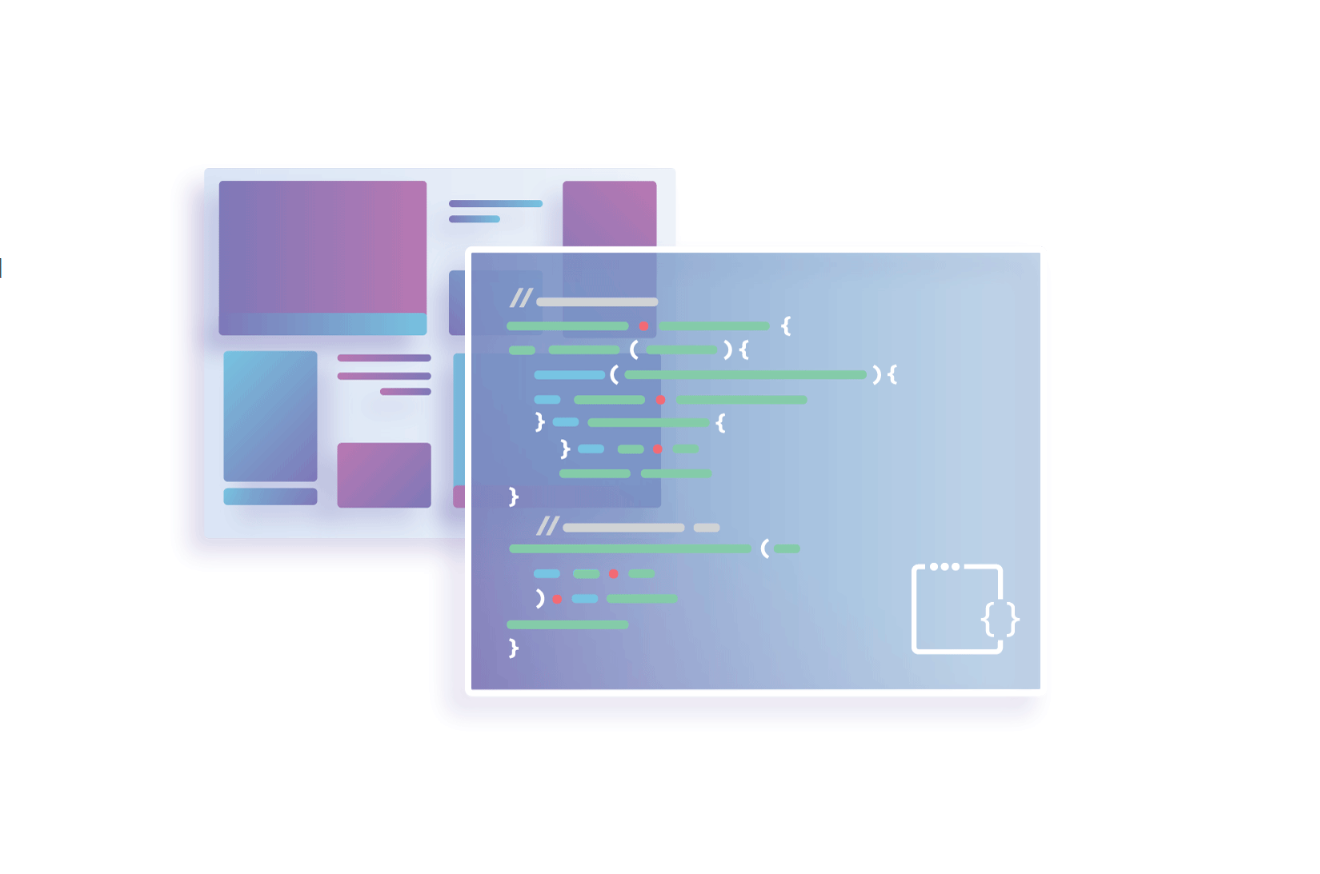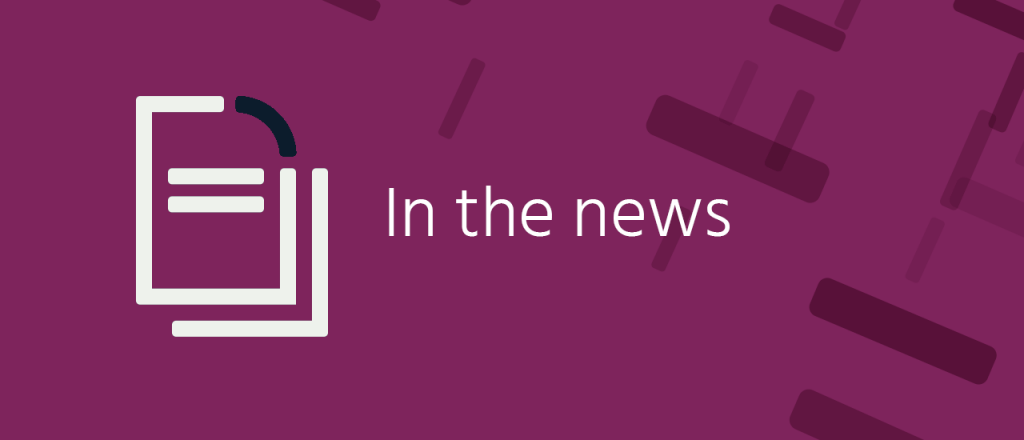New chip techniques are needed for the new computing workloads
Over the next two to three years, we will see an explosion of new complex processors that not only do the general-purpose computing we commonly see today (scalar and vector/graphics processing), but also do a significant amount of matrix and spatial data analysis (e.g., augmented reality/virtual reality, visual response systems, artificial intelligence/machine learning, specialized signal processing, communications, autonomous sensors, etc.).In the past, we expected all newer-generation chips to add features/functions as they were being designed. But that approach is becoming problematic. As we scale Moore’s Law closer to the edge of physical possibility (from 10nm to 7, then 5), it becomes increasingly lengthy and costly to perfect the new processes. What was generally about 12 months between processing improvement steps now is closer to two years, and newer process factories can cost upwards of $10 billion or more.To read this article in full, please click here

 GE Digital CEO Bill Ruh departs the company "to pursue other opportunities."
GE Digital CEO Bill Ruh departs the company "to pursue other opportunities." AT&T CTO Andre Fuetsch said the carrier is at 63 percent SDN control of its network operations that can be virtualized, pushing toward its goal of 65 percent control by year-end.
AT&T CTO Andre Fuetsch said the carrier is at 63 percent SDN control of its network operations that can be virtualized, pushing toward its goal of 65 percent control by year-end.

 Igor Mkrtumyan, President of the Armenia Chapter, explains how their project is helping to address the needs of rural communities within the
Igor Mkrtumyan, President of the Armenia Chapter, explains how their project is helping to address the needs of rural communities within the  On average, it takes $10,500 for a wish. And the Foundation must balance the need to grant wishes with the need to update its IT infrastructure.
On average, it takes $10,500 for a wish. And the Foundation must balance the need to grant wishes with the need to update its IT infrastructure.
 The standards body insists there is no need for panic, as it announces a three-month delay in the completion of the Release 15 standard.
The standards body insists there is no need for panic, as it announces a three-month delay in the completion of the Release 15 standard.